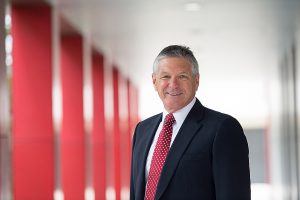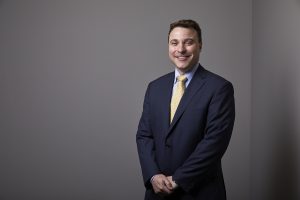Feeling nostalgic for the years when the summer injury toll was some bad cases of sunburn and heatstroke?
Those halcyon days appear to be long gone with 2019 now established as Australia’s hottest and driest year on record, capped off by unprecedented, widespread and deadly bushfires and a gloomy outlook for more of the same in 2020.
And while regional Australia has borne the brunt of the summer fire crisis, even relatively protected city-dwellers have seen and felt the impact of weeks, now months, of poor air quality due to bushfire smoke.
NSW Health for example has been issuing regular bushfire smoke alerts for Sydney since early November 2019.
P2 face masks from the National Medical Stockpile have been handed out through pharmacies to at-risk Canberra residents – mostly children, pregnant women, the elderly and those with chronic conditions such as asthma.
And in Melbourne, the Environmental Protection Authority’s (EPA) Air Watch has been reporting air quality down to “hazardous” – extremely dusty or smoky conditions in which everyone, not just at-risk groups, could be experiencing symptoms such as coughing or shortness of breath.
Regional Victoria has of course been one of the hardest hit areas with air quality rated as “hazardous”.

Professor John Wilson, RACP President Elect
Professor John Wilson, president elect of the RACP and a respiratory physician at Alfred Health in Melbourne, told the limbic these were risky levels of air pollution not previously recognised in Australia.
“Presentation to hospitals of those with advanced lung disease of almost any kind, including asthma and COPD, is at a level where resources have difficulty coping, and particularly in rural areas.”
“We do know that cardiac admissions are also increased during times of increased air pollution and cardiologists are definitely aware of that and most certainly responding to it,” he said.
Medical organisations warned of health risks
Professor Wilson said RACP members were working very closely with GPs in fire affected areas, providing resources and information as required and accepting referrals from those areas.
“The important issue here is that we are addressing the health needs of the community by providing resources in the places where they are needed.”
He added that the Faculty of Occupational and Environmental Medicine has done significant work around the effect of air pollution including smoke on the health of the community.
The RACP had also recently called for stronger national air pollution standards to prevent harm to health.
“And we have unequivocally stated that there have been thousands of premature deaths every year associated with ambient air pollution in Australia.”
“So there is no question that the members of the RACP are committed to improving health through improvement in air pollution standards and the provision of health resources to treat those who are affected by bushfires and smoke.”
The Federal AMA, has been calling for action on climate change due to its impact on human health since 2004.

Dr Chris Zappala, Federal AMA Vice President
AMA vice-president Dr Chris Zappala, a respiratory physician in Brisbane, told the limbic the current situation was “unchartered territory” but there was clearly a risk from ongoing and sustained exposure to bushfire smoke.